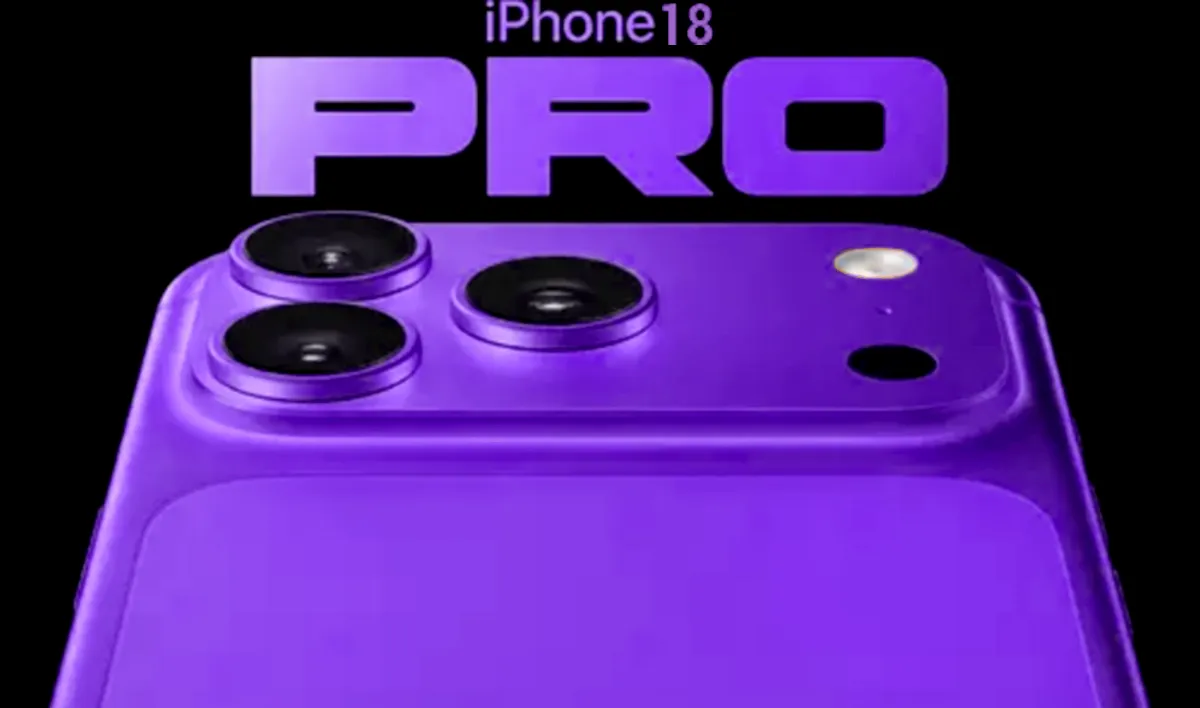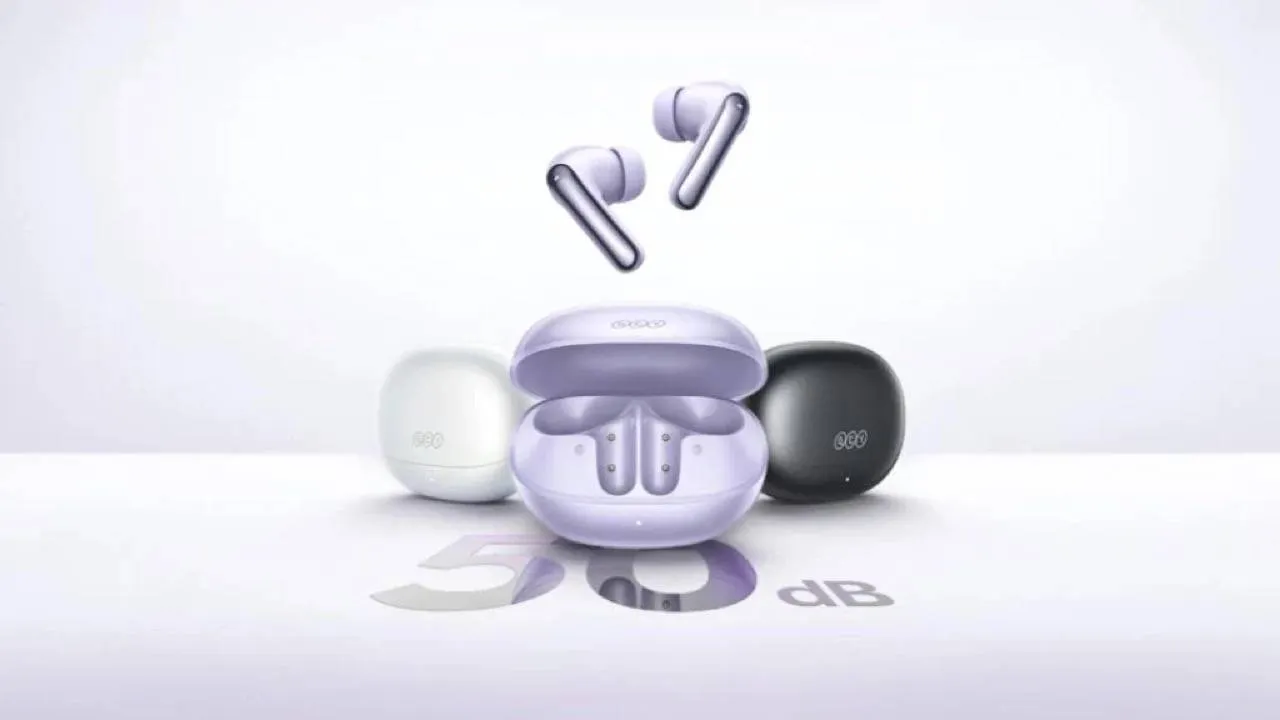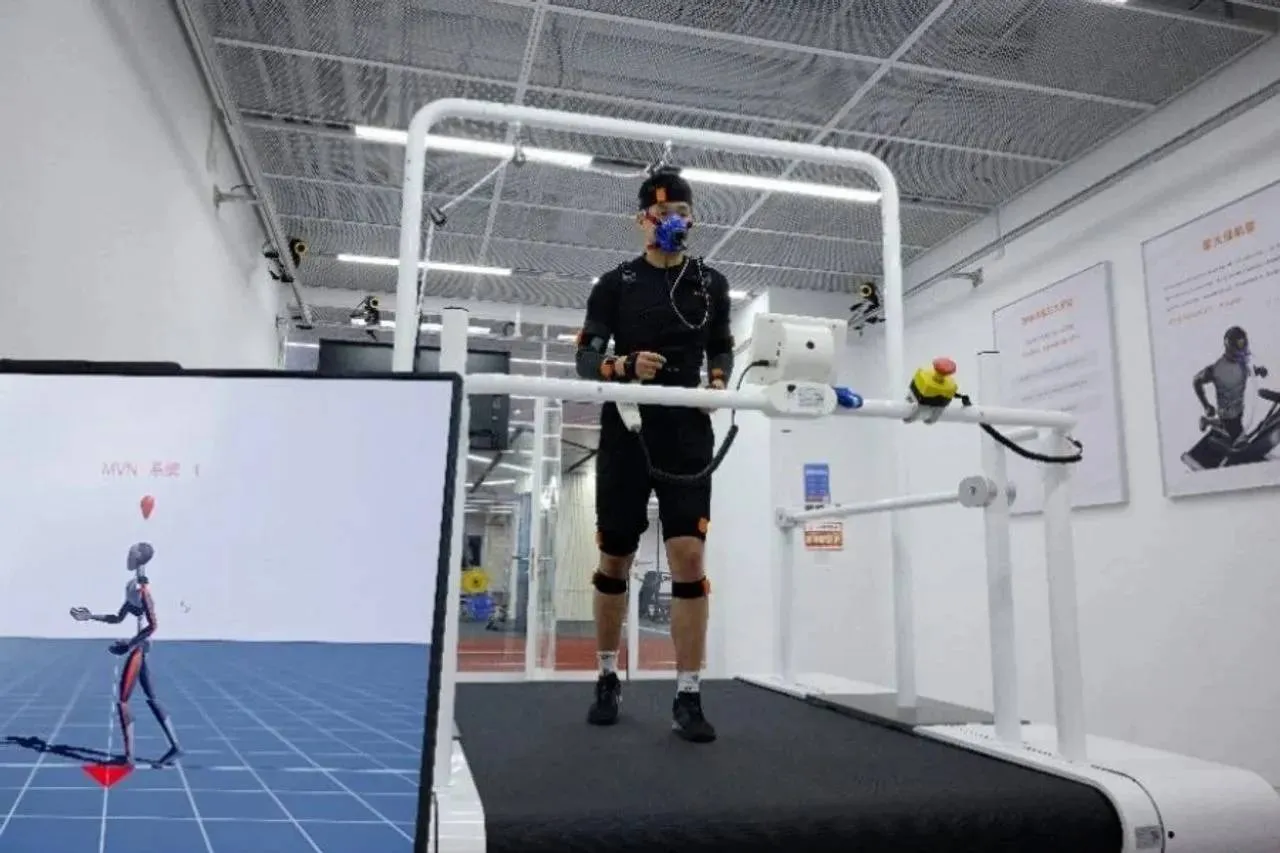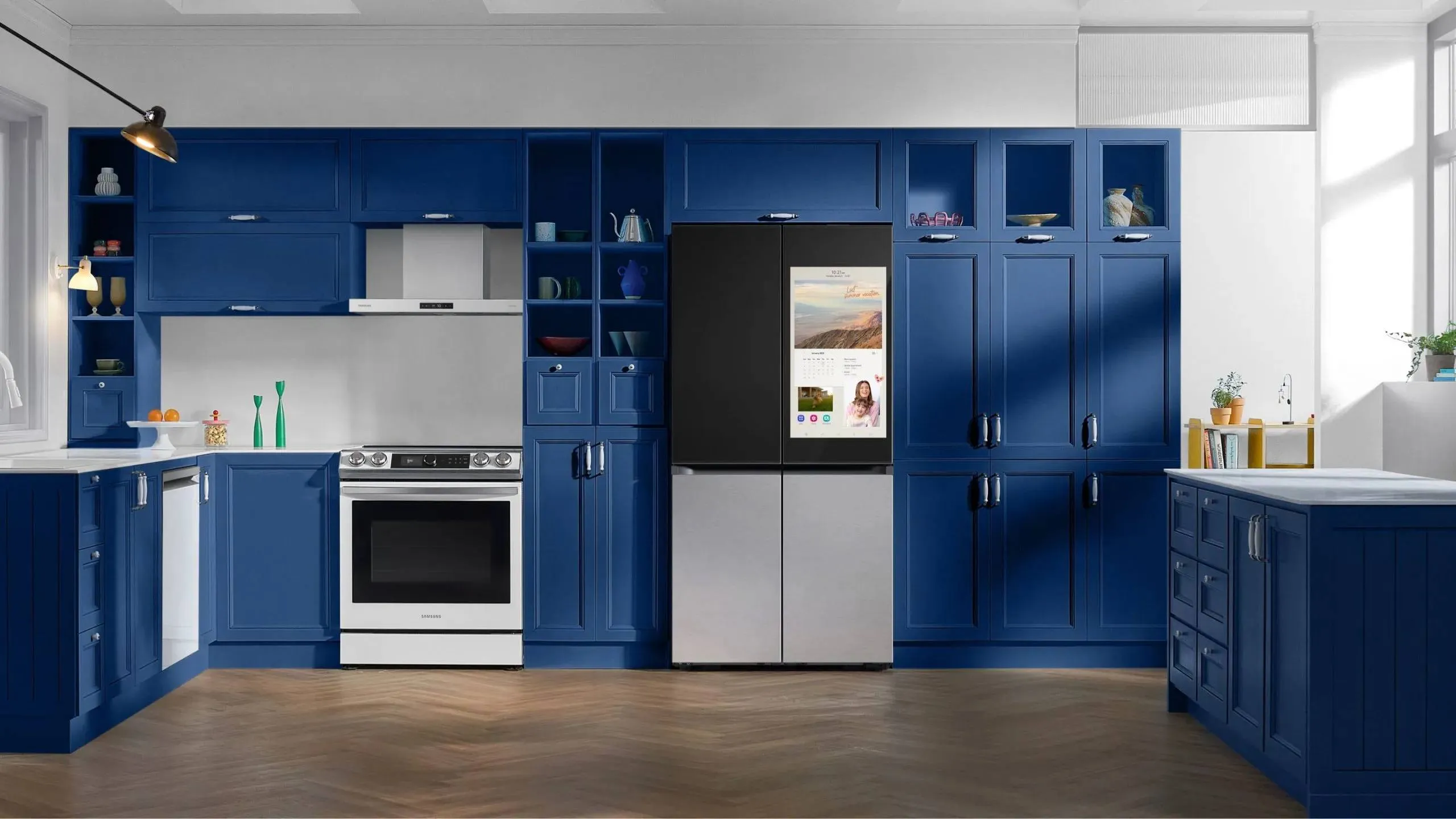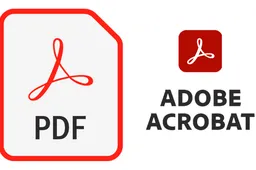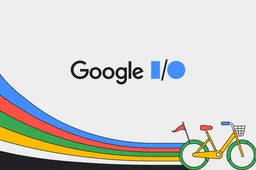Google Reportedly Developing One-Click Solution to Bring ChromeOS to Pixel Devices
TechTuesday, 18 June 2024 at 05:09
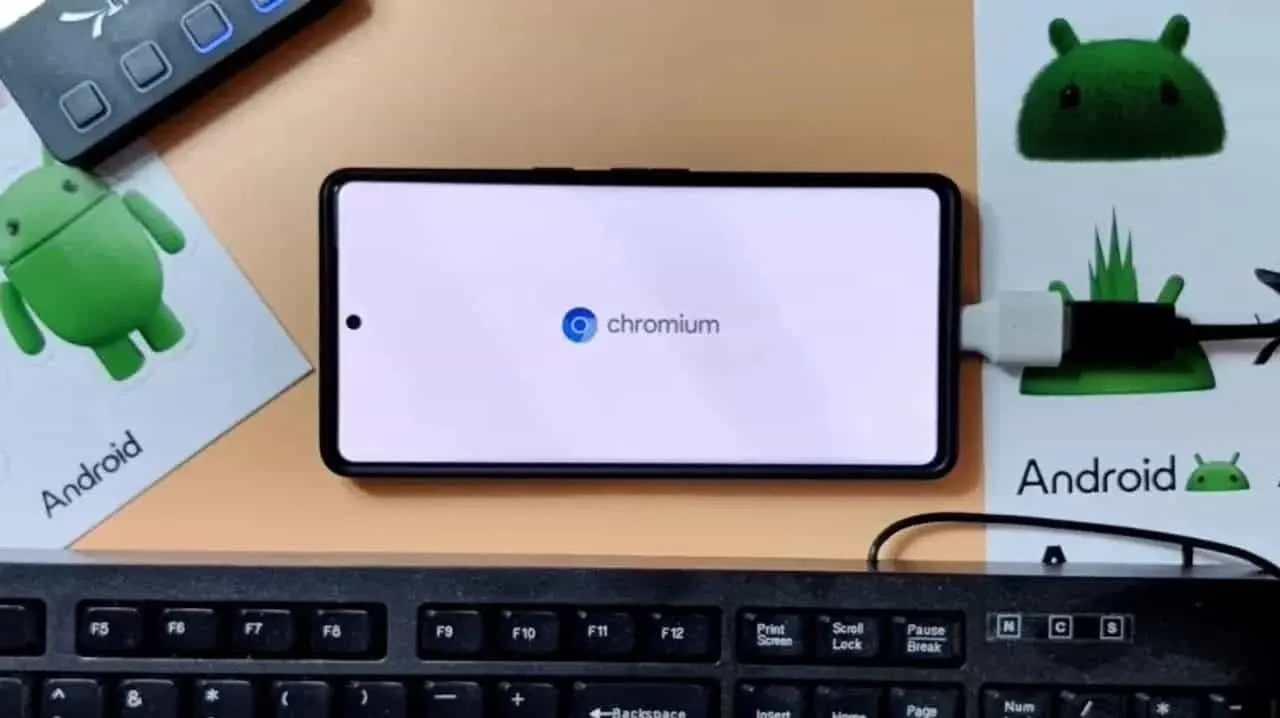
The tech world is buzzing with excitement following the recent Google I/O 2024 conference, where Project Ferrochrome was unveiled. This innovative project suggests a future where ChromeOS can run seamlessly on Pixel devices, sparking heated discussions and anticipation. Initially showcased as a technical demonstration to highlight the virtualization capabilities of Android 15, Project Ferrochrome has quickly evolved into a tangible initiative, with Google committed to making this concept a reality.
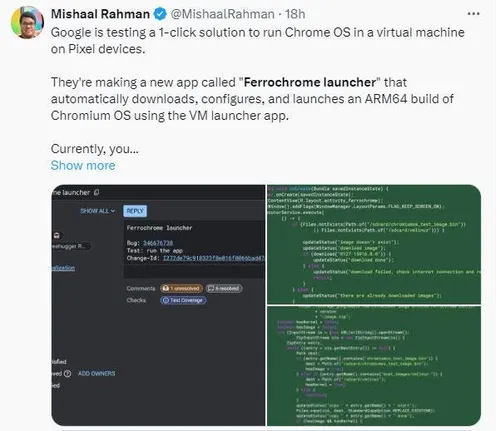
The Vision Behind Project Google Ferrochrome
Project Ferrochrome's initial purpose was to demonstrate the advanced virtualization capabilities of Android 15. However, the project's rapid progression indicates that Google is serious about integrating ChromeOS into Pixel devices. According to Android expert Mishaal Rahman, Google is actively developing a one-click solution to facilitate this integration through a virtual machine. The Ferrochrome launcher app, although in its early development stages, aims to simplify the process of downloading, configuring, and launching Chromium OS on Pixel devices.
Simplifying the Process
Currently, the early testing phase of the Ferrochrome Launcher requires manual setup and rooting of the device, which can be a complex and daunting task for the average user. However, Google's ongoing efforts are focused on significantly simplifying this process. The Android Virtualization Framework (AVF), introduced in Android 13 and enhanced in Android 15, plays a crucial role in enabling this cross-platform experience. AVF supports the capability of a graphics operating system with GPU acceleration, which is essential for delivering the full ChromeOS experience on Android devices.
The Role of the Google Android Virtualization Framework
The Android Virtualization Framework is a key enabler for Project Ferrochrome. AVF allows for the virtualization of a full operating system with GPU acceleration, which is critical for running ChromeOS on Android devices without compromising performance. This framework ensures that users can enjoy the robust functionality of ChromeOS, including its multitasking capabilities and desktop-like environment, directly on their Pixel smartphones or tablets.
Enhancements in Android 15
With the enhancements introduced in Android 15, the AVF has become even more powerful. These improvements facilitate a smoother and more seamless integration of ChromeOS, making it possible for users to switch between Android and ChromeOS effortlessly. The advancements in virtualization technology are paving the way for a unified computing experience, blurring the lines between mobile and desktop operating systems.
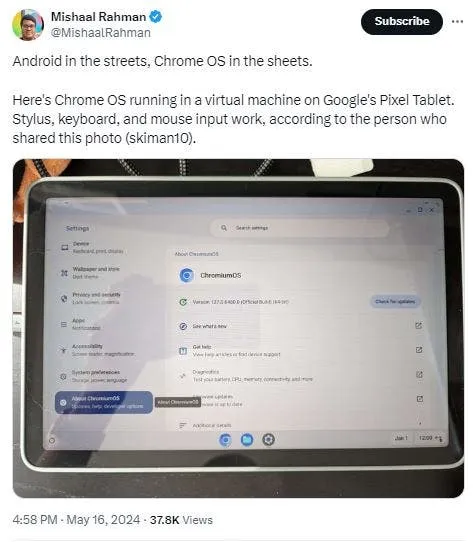
Implications for Users
The integration of ChromeOS and Android devices represents a significant shift in the landscape of mobile operating systems. This seamless fusion has the potential to redefine productivity and flexibility for users, offering a new and enhanced experience. By bringing the full capabilities of ChromeOS to Android devices, users can benefit from a more versatile and powerful toolset, whether for work, entertainment, or creative pursuits.
Enhanced Productivity
For users who rely on their devices for work, the ability to run ChromeOS on a Pixel device means access to a more desktop-like environment with advanced multitasking capabilities. This can greatly enhance productivity, allowing users to run multiple applications simultaneously, use a full-featured web browser, and take advantage of ChromeOS's extensive range of productivity tools.
Flexibility and Convenience
The integration of ChromeOS also offers greater flexibility and convenience. Users can seamlessly switch between the mobile-centric environment of Android and the more robust, desktop-like interface of ChromeOS, depending on their needs. This flexibility can be particularly beneficial for those who use their devices for a variety of tasks throughout the day.
Future Prospects
While the exact timeline for the full realization of Project Ferrochrome remains unclear, the potential benefits for users are undeniable. Google's investment in this project underscores its commitment to pushing the boundaries of what is possible with mobile operating systems. As development progresses, it is foreseeable that the boundaries between ChromeOS and Android will become increasingly blurred, ushering in a new era of unified computing experiences.
Broader Impact on the Industry
The success of Project Ferrochrome could have broader implications for the tech industry as a whole. A seamless integration of ChromeOS and Android could set a new standard for operating systems, encouraging other tech companies to explore similar innovations. This could lead to a more interconnected and versatile ecosystem of devices, enhancing the overall user experience.
Conclusion
Google's Project Ferrochrome represents a bold step towards the future of mobile computing. By developing a one-click solution to bring ChromeOS to Pixel devices, Google is not only enhancing the functionality and versatility of its own devices but also setting the stage for a new era of unified computing. As this project continues to evolve, users can look forward to a more seamless, productive, and flexible experience, redefining the boundaries between mobile and desktop operating systems.
Popular News
Latest News
Loading
